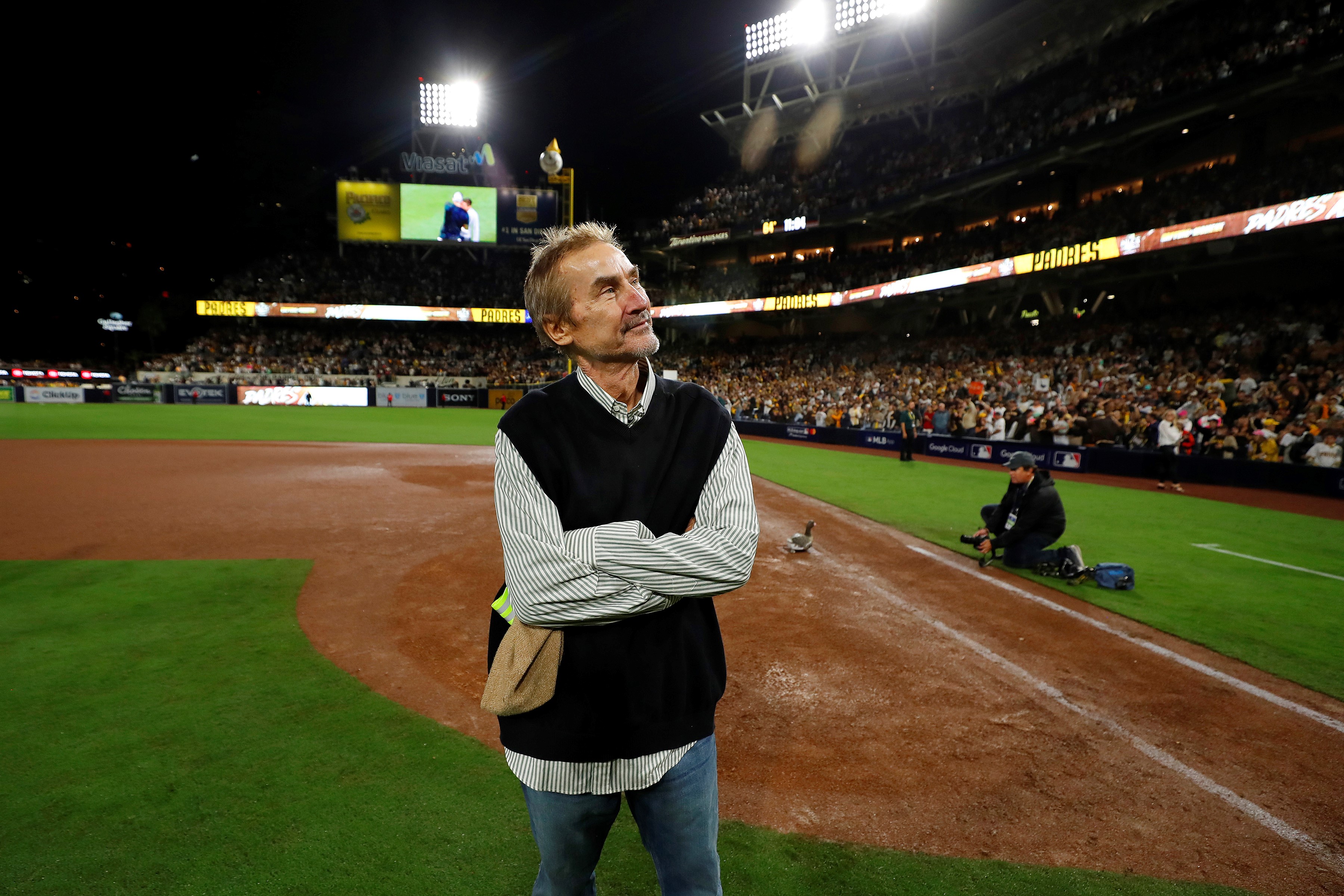The Chargers' plans for a new stadium now seem to be looking skyward -- at a soft, retractable roof that, whenever needed, would shelter a wide variety of events that could be staged in the facility.
"It would be very different from what people expect to see," said Chargers Special Counsel Mark Fabiani, the team's point man on stadium issues.
"No one in California expects to see a roof on a stadium because our weather is so great here," Fabiani said Tuesday. "It really turns a football stadium, which isn't used very much, into a multi-use facility -- particularly in downtown San Diego, where it's very close to the convention center."
The concept actually began a while back, when a local civil engineer suggested roofing the proposed stadium in the East Village in order to make it a year-round entertainment and convention venue. In an interview with NBCSanDiego in February, Katheryn Rhodes proposed a heavy-cover approach, which the Chargers saw as too costly.
But after further review, they're seriously looking at a much lighter approach.
"The stadium will go from sidewalk to sidewalk," Fabiani noted, "and there's not going to be a big perimeter around it."
Images of the kind of "soft'"roofing the Chargers have in mind are in use at numerous stadiums around the world, mostly in Asia and Europe. They're made of such so-called membrane materials as "polycarbonate, which are far cheaper than the $200 million structures needed to support snowfall at stadiums in real winter-weather cities.
Chargers fans can handle a little rain from time to time, but the team is talking about attracting events like college basketball's Final Four tournament, World Cup soccer, music concerts and overflow crowds from conventions such as Comic-Con.
SportsWrap
The top sports headlines of the day
As always, though, the key ingredient is money, and the Chargers are looking for a substantial public investment in redevelopment. For her part, Rhodes said, her cheerleading for the stadium stops at the bottom line.
"If they can't make enough money to have their $30 million a year to pay for the debt, taxpayers shouldn't pay for it," she said Tuesday.
"The people who actually use [the stadium] should pay for it," Rhodes said, "and a way to do that is to charge a surcharge on each ticket."
On April 27, officials from Centre City Development Corporation, the city's redevelopment arm, are scheduled to ask the City Council to lift CCDC's spending cap to allow for funding of major construction projects -- including a stadium -- beyond 2014.



